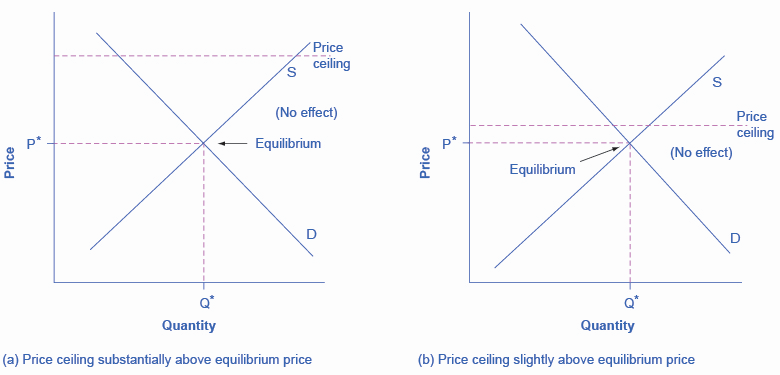A price ceiling is a legal maximum price but a price floor is a legal minimum price and consequently it would leave room for the price to rise to its equilibrium level.
Explain the effects of a price floor.
Reasons for setting up price floors.
Governments usually set up price floors to assist producers.
Price floor is a situation when the price charged is more than or less than the equilibrium price determined by market forces of demand and supply.
They may be worse off or no different.
Consumers never gain from the measure.
A price floor must be higher than the equilibrium price in order to be effective.
Minimum wage and price floors.
The most common price floor is the minimum wage the minimum price that can be payed for labor.
Price floor has been found to be of great importance in the labour wage market.
For instance if a government wants to encourage the production of coffee beans it may establish one in.
When society or the government feels that the price of a commodity is too low policymakers impose a price floor establishing a minimum price above the market equilibrium.
A price ceiling is a maximum amount mandated by law that a seller can charge for a product or service.
If the market was efficient prior to the introduction of a price floor price floors can cause a deadweight.
Price ceilings and price floors.
Effects of a price floor.
Example breaking down tax incidence.
In other words a price floor below equilibrium will not be binding and will have no effect.
Effect of price floor.
The effect of government interventions on surplus.
Price floors are also used often in agriculture to try to protect farmers.
Government enforce price floor to oblige consumer to pay certain minimum amount to the producers.
How price controls reallocate surplus.
The equilibrium price commonly called the market price is the price where economic forces such as supply and demand are balanced and in the absence of external.
This is the currently selected item.
Taxation and dead weight loss.
A price floor is a government or group imposed price control or limit on how low a price can be charged for a product good commodity or service.
By observation it has been found that lower price floors are ineffective.
Government set price floor when it believes that the producers are receiving unfair amount.
The effect of a price floor on consumers is more straightforward.
It s generally applied to consumer staples.
Price and quantity controls.
Price floors are used by the government to prevent prices from being too low.
In the end even with good intentions a price floor can hurt society more than it helps.
It may help farmers or the few workers that get to work for minimum wage but it does not always help everyone else.
When the price is above the equilibrium the quantity supplied will be greater than the quantity demanded and there will be a surplus.
Price floor is enforced with an only intention of assisting producers.

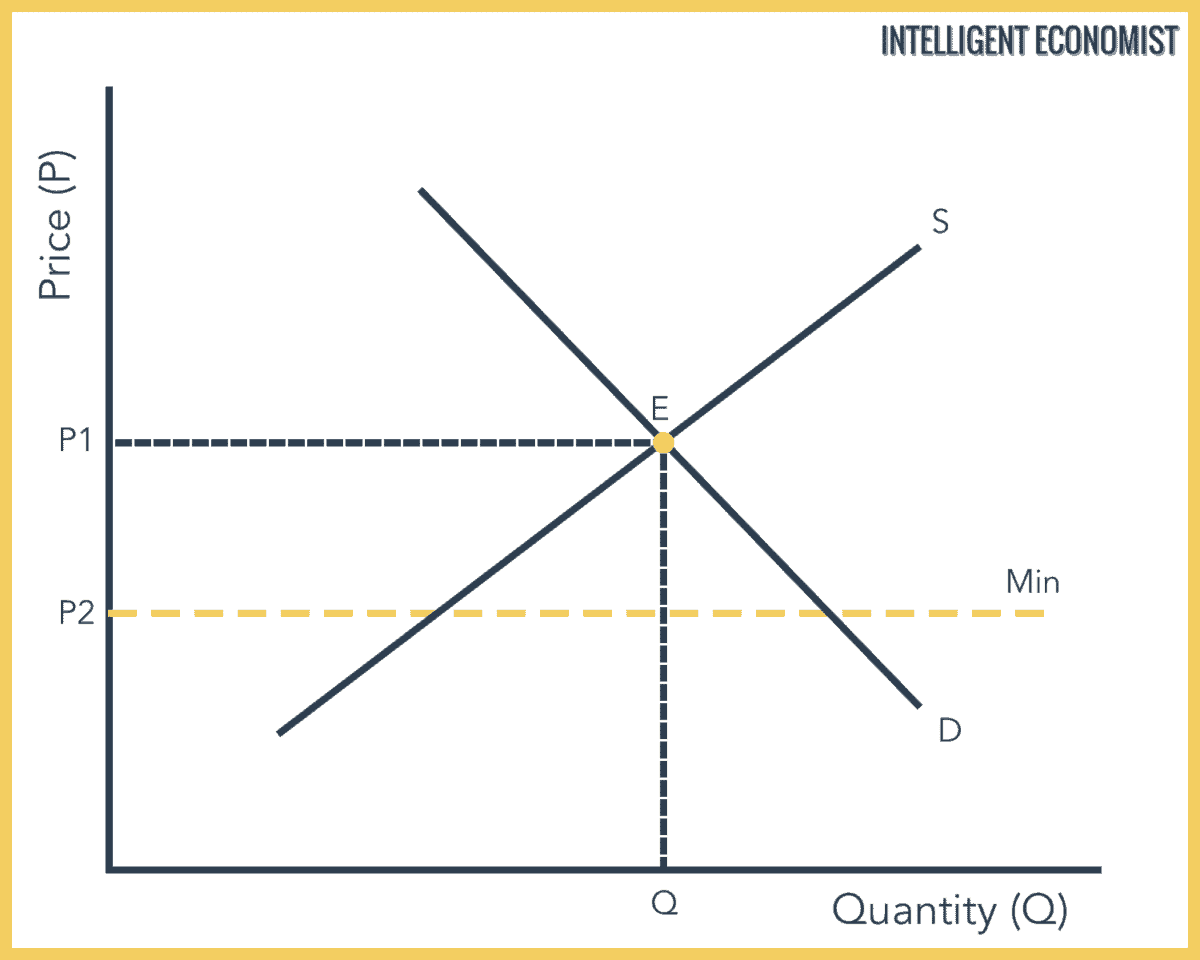




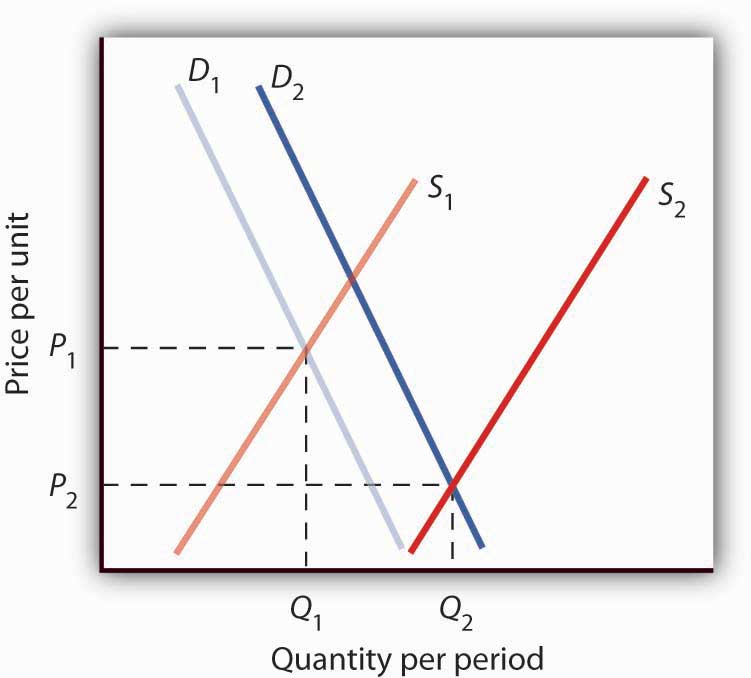
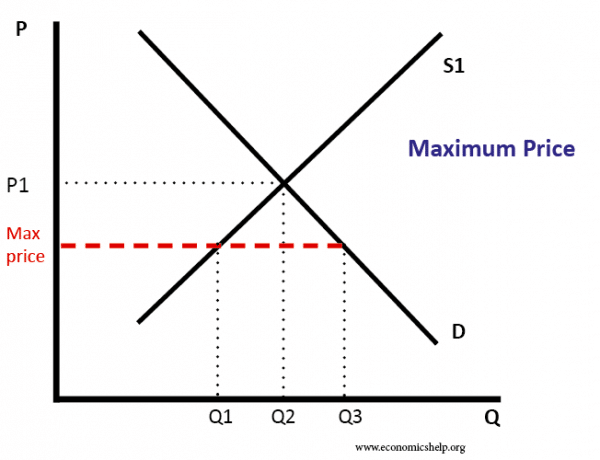








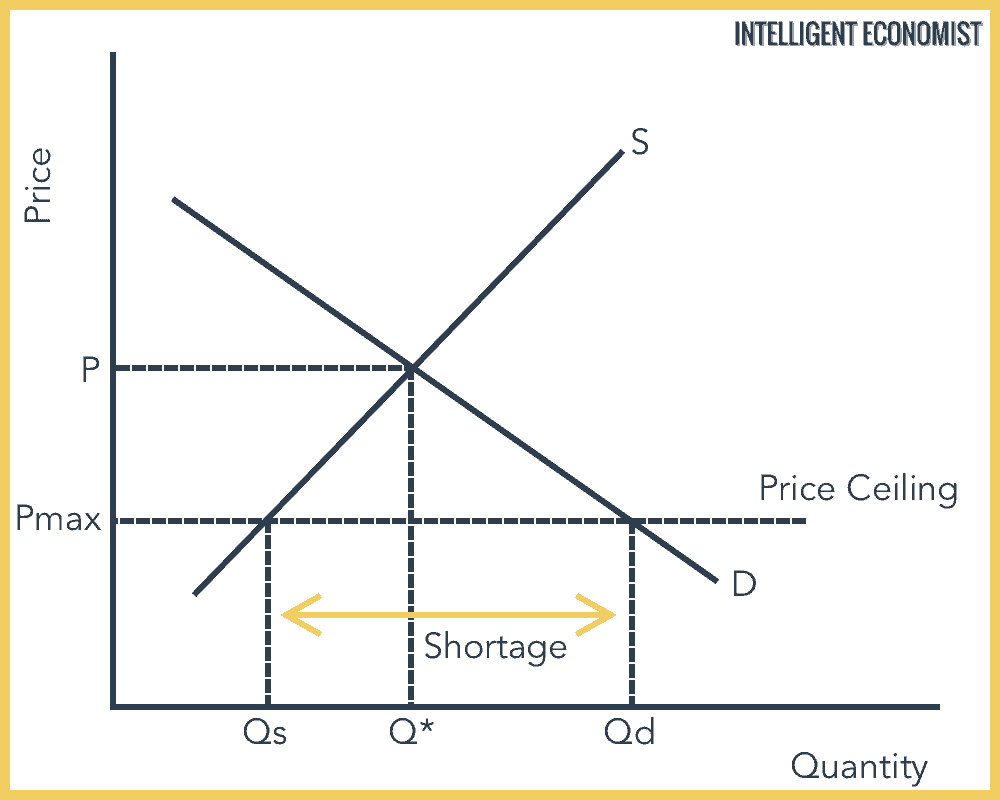

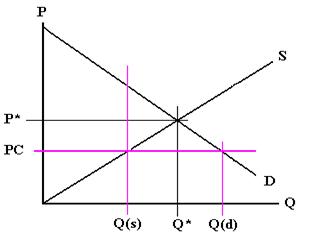
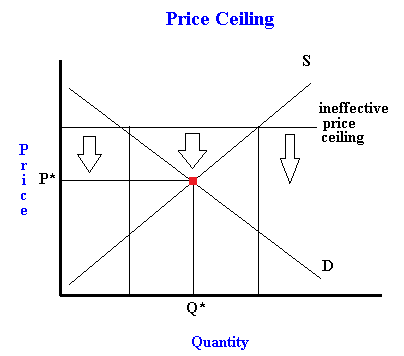



/QuantitySupplied2-98c4fd9fe04e4ec78318d9dd87f2c93e.png)
